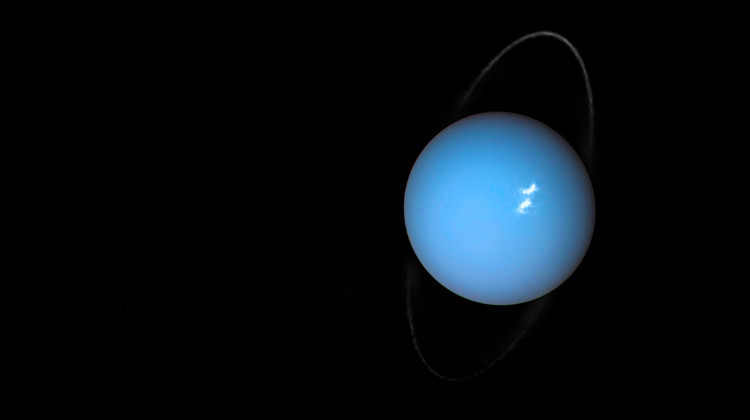Back to: Weekend Sky Report
Listen
Orion
December 9, 2019
The three stars that make up Orion's belt is the giveaway. But there's a lot more to appreciate.
Messier 15
November 29, 2019
A globular cluster is a densely-packed group of stars bound by their own collective gravity. The globular we're looking for tonight is Messier 15 -- also known as the Globular Cluster in Pegasus.
Orion's Belt
November 22, 2019
Lots of people can see just those three stars of Orion's belt and know what they're looking at. But look a little closer at the belt with a telescope, or even a good pair of binoculars, and you'll see many more stars.
Gibbous Moon & Alpha Monocerotid Meteor Shower
November 15, 2019
There was a full moon this past Tuesday, which means this weekend the moon is in the waning gibbous phase. Waning moons are out in the morning, and this week's mostly clear skies have given us a good view--particularly those of us who drive west into work. If we get clear skies this weekend, take a moment to look west at the gibbous moon.
Pleiades
November 8, 2019
The Pleiades is a collection of B-type stars, which are bright, hot, and blue in color. And the stars of the Pleiades are close too-around 450 light years away, which contributes to its brightness. And while you don't need a telescope or even binoculars to appreciate the Pleiades, it certainly helps.
Cassiopeia
November 1, 2019
Cassiopeia is popular with amateur astronomers because it's large, bright, and the main reference point for several deep-sky objects.
Uranus
October 25, 2019
This weekend (Sat, Oct 26, 2019), you can find Uranus in the Eastern sky between the constellations Aries and Pisces with Aries to the left, and Pisces to the right.
Messier 13 (Hercules)
October 18, 2019
The Great Globular Cluster in Hercules, or M13 was discovered by astronomer Edmund Halley in 1714, and found its way into Charles Messier's catalog of comet-like objects fifty years later.
Full Moon
October 11, 2019
It's a full moon this weekend...so what are we seeing when we look at the moon?
International Observe the Moon Night
October 4, 2019
International Observe the Moon Night was started in 2010 by NASA. Specifically, the group responsible for its Lunar Reconnaissance Orbiter. Launched in the summer of 2009, it continues to deliver important data today, as well as photos and video of the lunar surface--including the landing sites of all six successful crewed lunar surface missions.
Double Cluster
September 27, 2019
The aptly named Double Cluster is a favorite among budding amateur astronomers. Not only because its brightness makes it easy to find, but also because its beauty keeps observers coming back.
Alpha Persei Cluster
September 20, 2019
The brightest star in the constellation Perseus is Mirfak, and it's where you need to look to find this weekend's target.
 DONATE
DONATE










 Support WFYI. We can't do it without you.
Support WFYI. We can't do it without you.